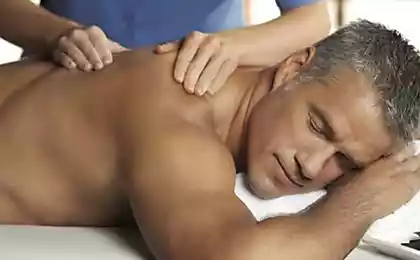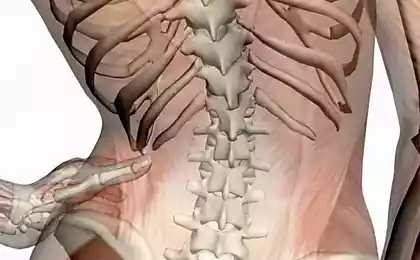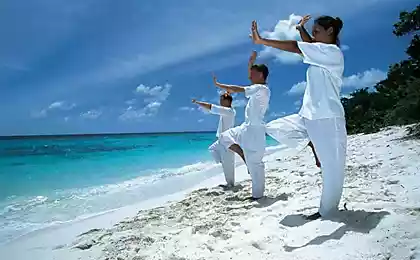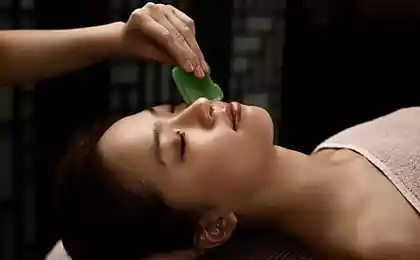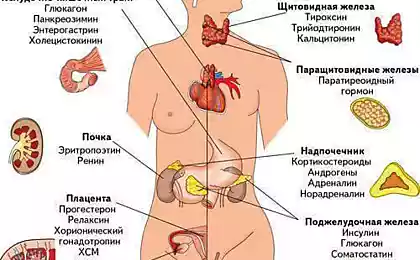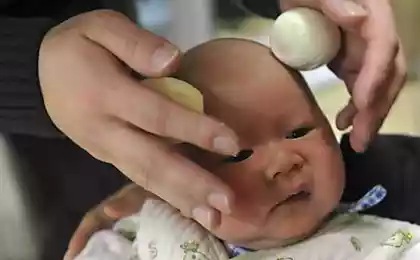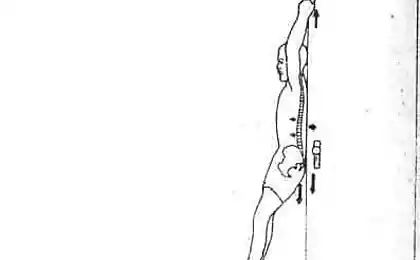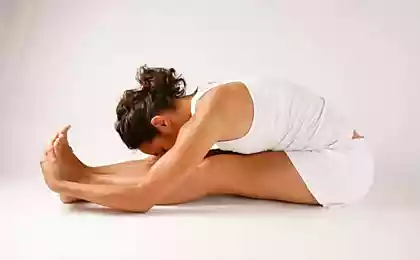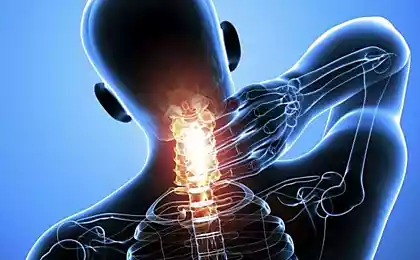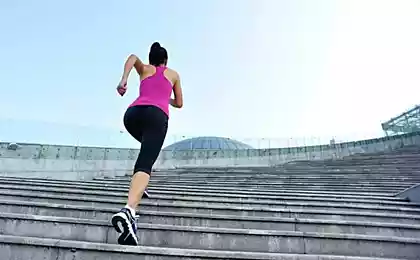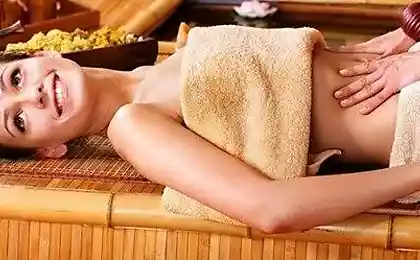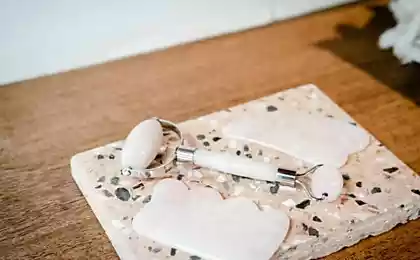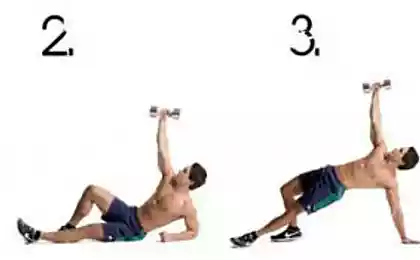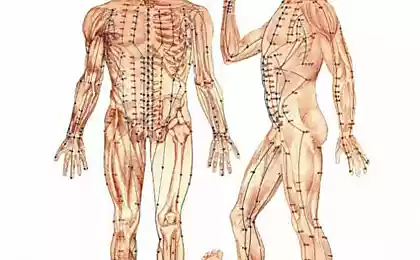467
Passive stretching exercises for the upper limbs and shoulder girdle
Passive exercises have a significant impact on musculoskeletal system in chronic injuries and diseases (arthritis, deforming arthrosis, spondylosis, etc.), after removal of plaster bandages. Selection of exercises depends on the anatomical structure of the joints, the patient's position, etc.
Passive stretching performed by a therapist, first with a small amplitude and a small number of repetitions, slowly (slowly), without jerks and strong pressure. Pain during exercise should not be!
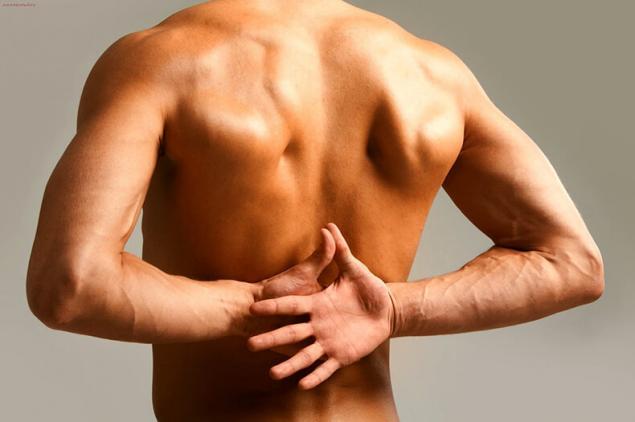
Otherwise, there is a protective reflex (muscle contracture) and possible tissue trauma musculoskeletal. Each exercise is repeated 3-5 times. Then the joint and its surrounding tissue massaged (stroking, rubbing, kneading and shaking of the muscles).
In recent years, stretching began to be used more frequently as treatment of injuries and diseases of the musculoskeletal system, osteochondrosis, hemiparesis and contractures, and performing pre-launch (preparatory), preventive and remedial massage in athletes.
Depending on the task, the nature and course of the disease, age and sex of the patient distinguish passive exercises for the shoulder girdle, upper and lower extremities, torso.
EXERCISES
1. Starting position sitting and standing. Right (left) hand Palmar surface is placed on the neck. Masseur gets back massaged and the right hand presses upward on his elbow, and the left hand pulling the brush massaged his left shoulder. At the moment of maximum stretching of the muscles to pause 3-10 s. the patient Then lowers the hand and shakes it. Repeat 3-5 times.
2. Same initial position. Both hands on the back of the head, elbows reserved. The therapist stands behind, picks up massaged by the elbows and gradually takes them back (trying to connect the blades). At the moment of maximum stretching pause 3-10 C. Then the hands shake and relax. Repeat 2-3 times.
3. Starting position Hands behind the head (at the back). The therapist takes kneaded by the elbows and tries to pick it up. At the moment of maximum stretching pause 3-10 C. Then the hands drop down, shake. Repeat 3-5 times, then Pat (RUB) the muscles of the shoulder girdle, neck.
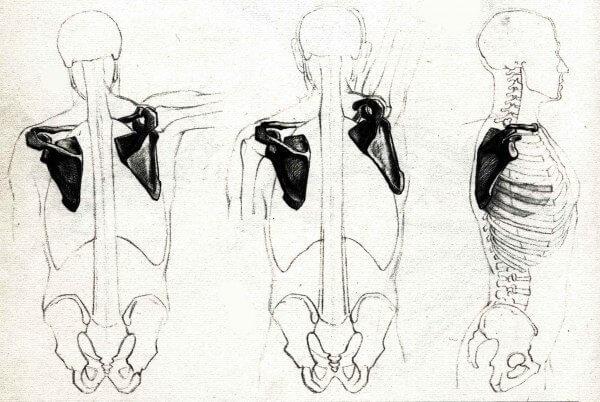
4. Original sitting position. Hands pick up, to connect "the castle". The therapist stands behind massaged and takes him by the forearm, taking them back gradually. Repeat 3-5 times.
5. Original sitting position. Hands behind, connected by a lock. The therapist takes massaged over the wrist joints, taking them back and up. At the moment of maximum stretching pause 3-10 s. Repeat 3-5 times. Then shake the muscles (raise your hands up and slumped them down — repeat 2-7 times).
6. Original sitting position. Hands on his knees. The therapist stands in front of the massaged and took him by the head and hands, makes the head tilt down. Massaged resists. Repeat 3-5 times.
7. Original sitting position. Hands behind head, connected by a lock. The therapist stands in front of the massaged, takes his elbow and drives forward itself. Massaged resists. Repeat 3-5 times. Shake hands and make stroking, rubbing of the neck muscles and the shoulder girdle.published
Dubrovsky V. I., "Therapeutic physical training"
As the nature of the affects of the disease
Psychosomatics and relationships
P. S. And remember, just changing your mind — together we change the world! ©
Source: vk.com/wall-23903469?w=wall-23903469_5567
Passive stretching performed by a therapist, first with a small amplitude and a small number of repetitions, slowly (slowly), without jerks and strong pressure. Pain during exercise should not be!

Otherwise, there is a protective reflex (muscle contracture) and possible tissue trauma musculoskeletal. Each exercise is repeated 3-5 times. Then the joint and its surrounding tissue massaged (stroking, rubbing, kneading and shaking of the muscles).
In recent years, stretching began to be used more frequently as treatment of injuries and diseases of the musculoskeletal system, osteochondrosis, hemiparesis and contractures, and performing pre-launch (preparatory), preventive and remedial massage in athletes.
Depending on the task, the nature and course of the disease, age and sex of the patient distinguish passive exercises for the shoulder girdle, upper and lower extremities, torso.
EXERCISES
1. Starting position sitting and standing. Right (left) hand Palmar surface is placed on the neck. Masseur gets back massaged and the right hand presses upward on his elbow, and the left hand pulling the brush massaged his left shoulder. At the moment of maximum stretching of the muscles to pause 3-10 s. the patient Then lowers the hand and shakes it. Repeat 3-5 times.
2. Same initial position. Both hands on the back of the head, elbows reserved. The therapist stands behind, picks up massaged by the elbows and gradually takes them back (trying to connect the blades). At the moment of maximum stretching pause 3-10 C. Then the hands shake and relax. Repeat 2-3 times.
3. Starting position Hands behind the head (at the back). The therapist takes kneaded by the elbows and tries to pick it up. At the moment of maximum stretching pause 3-10 C. Then the hands drop down, shake. Repeat 3-5 times, then Pat (RUB) the muscles of the shoulder girdle, neck.

4. Original sitting position. Hands pick up, to connect "the castle". The therapist stands behind massaged and takes him by the forearm, taking them back gradually. Repeat 3-5 times.
5. Original sitting position. Hands behind, connected by a lock. The therapist takes massaged over the wrist joints, taking them back and up. At the moment of maximum stretching pause 3-10 s. Repeat 3-5 times. Then shake the muscles (raise your hands up and slumped them down — repeat 2-7 times).
6. Original sitting position. Hands on his knees. The therapist stands in front of the massaged and took him by the head and hands, makes the head tilt down. Massaged resists. Repeat 3-5 times.
7. Original sitting position. Hands behind head, connected by a lock. The therapist stands in front of the massaged, takes his elbow and drives forward itself. Massaged resists. Repeat 3-5 times. Shake hands and make stroking, rubbing of the neck muscles and the shoulder girdle.published
Dubrovsky V. I., "Therapeutic physical training"
As the nature of the affects of the disease
Psychosomatics and relationships
P. S. And remember, just changing your mind — together we change the world! ©
Source: vk.com/wall-23903469?w=wall-23903469_5567
50 things that daily steal our joy of life
You must have the strength and honesty to be where you are
